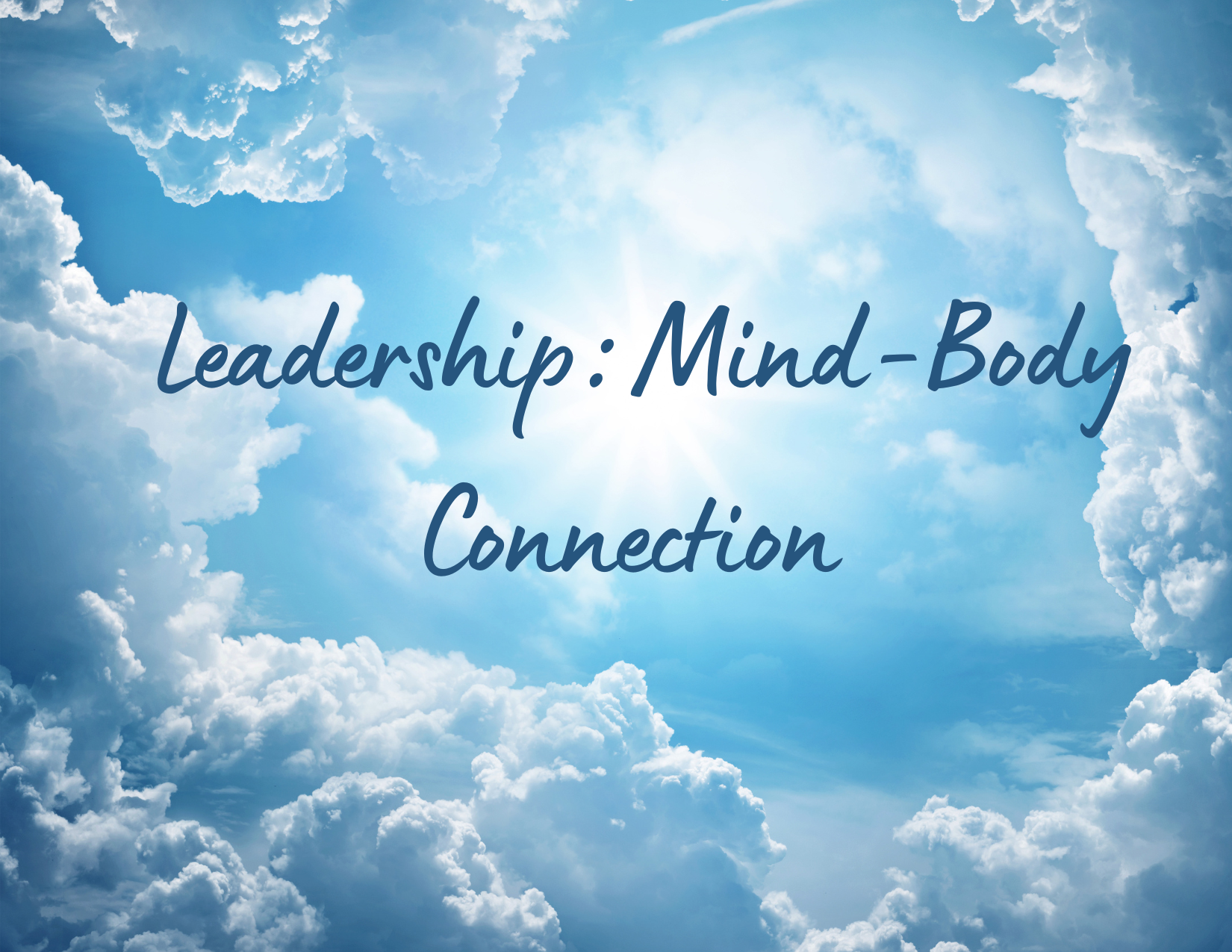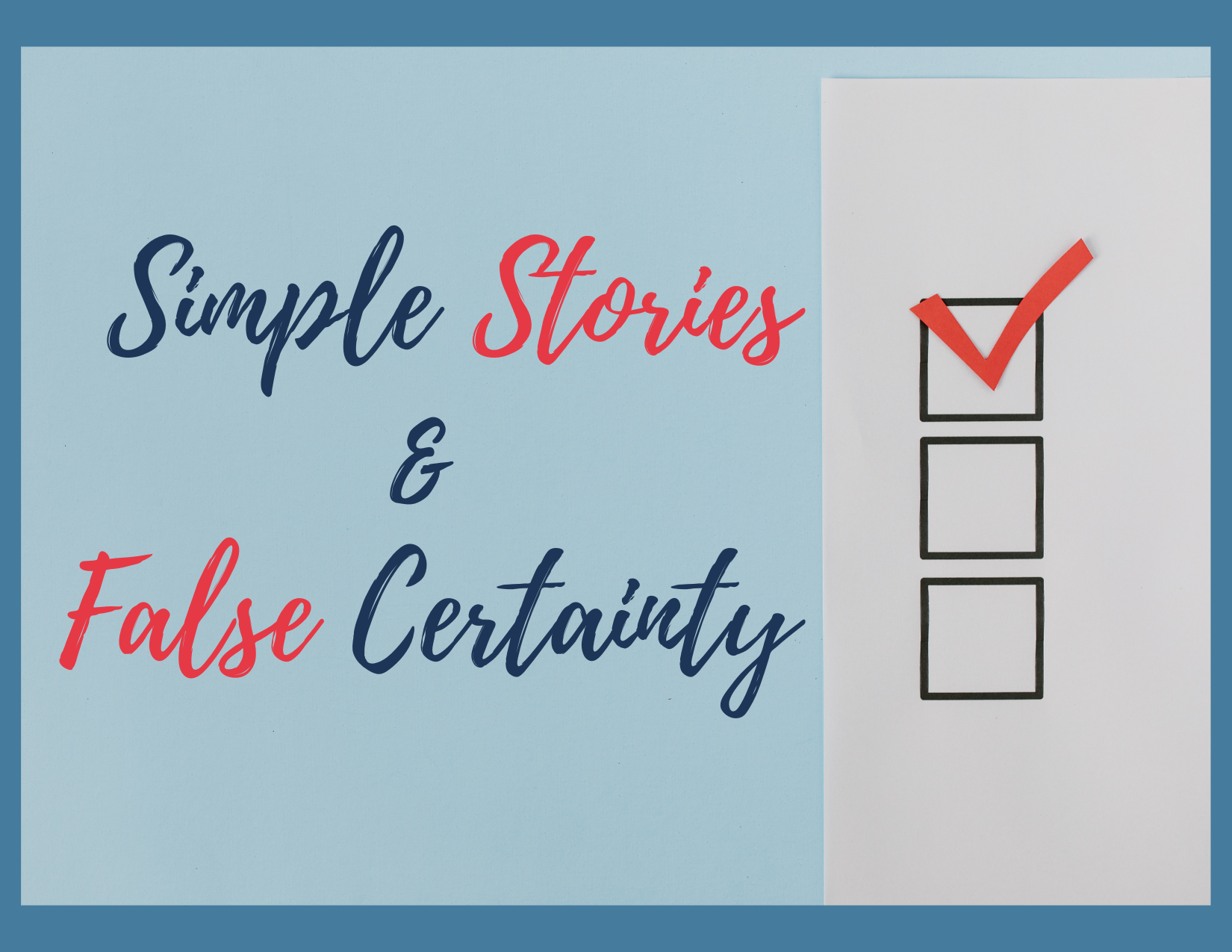Wisdom watches, fools interrupt. When you interrupt, you assume you already know what’s coming next. When you watch and listen actively, you open the door to new insights.
In an age of constant noise, leaders who listen, not just hear, stand out. They earn trust, foster innovation, and create cultures where people feel valued. Yet in many organizations, leaders unintentionally slip into the role of interrupting, problem-solving too quickly, or filling silences to assert control. The wisest leaders do the opposite: they watch, they wait, and they listen.
The Shift From Talking to Listening
We are taught from an early age to communicate as if speaking is the only skill that matters. But leadership today, especially in complex, uncertain environments, requires more than eloquence. It demands attunement.
Active listening is not a passive act; it’s a dynamic leadership skill that combines presence, patience, and curiosity. It’s the ability to set aside your own mental noise and truly hear the other person with all of your senses.
Why Listening Matters More Than Ever
- Trust is built in silence. When you resist the urge to interrupt, you signal respect. People feel safe enough to share real thoughts and ideas.
- Listening reveals hidden patterns. In the pauses and hesitations, you can hear what isn’t being said, underlying concerns, tensions, and aspirations.
- Decisions improve with diverse input. Active listening draws out perspectives from all voices, not just the loudest or most confident.
The Neuroscience Behind Listening
From a neuroscience perspective, listening activates empathy networks in the brain. When leaders focus attention on someone else’s words and emotions, they literally sync neural rhythms, a phenomenon known as interpersonal neural coupling. This builds rapport and enhances understanding far more effectively than offering advice too soon.
Practical Ways Leaders Can Listen Like They Mean It
- Pause Before Responding. Count to three before you speak. This prevents reflexive replies and allows the other person to finish.
- Use Open-Ended Questions. Ask “What else?” or “Can you tell me more?” to draw out deeper insights.
- Reflect Back. Summarize what you’ve heard to confirm understanding and show that you’re tracking.
- Watch the Nonverbals. Active listening includes reading body language, tone, and pace.
- Make Listening a Daily Habit. Schedule “listening blocks” into your calendar time devoted to being fully present with team members.
The Silent Power of Observation
Wisdom lies not only in the words you choose but also in the presence you provide. By observing rather than interrupting, leaders can pick up on subtle cues of fatigue, excitement, and tension, which can lead to better decision-making. This is particularly important when handling difficult conversations or navigating moments of change.
A Culture of Listening Is a Culture of Learning
Teams model what leaders practice. When you demonstrate attentive listening, your team learns to do the same with each other. Over time, this creates a self-reinforcing culture of curiosity and respect which is a fertile ground for innovation, inclusion, and resilience.
Final Reflection
In leadership, the most powerful moments often happen in the pauses, the breaths between words, the attentive silence after someone speaks.
Wisdom watches, fools interrupt. Choose to watch. Choose to listen. Because when leaders listen deeply, they don’t just hear words they unlock wisdom.
Generative AI was used as a tool to co-create this article.







